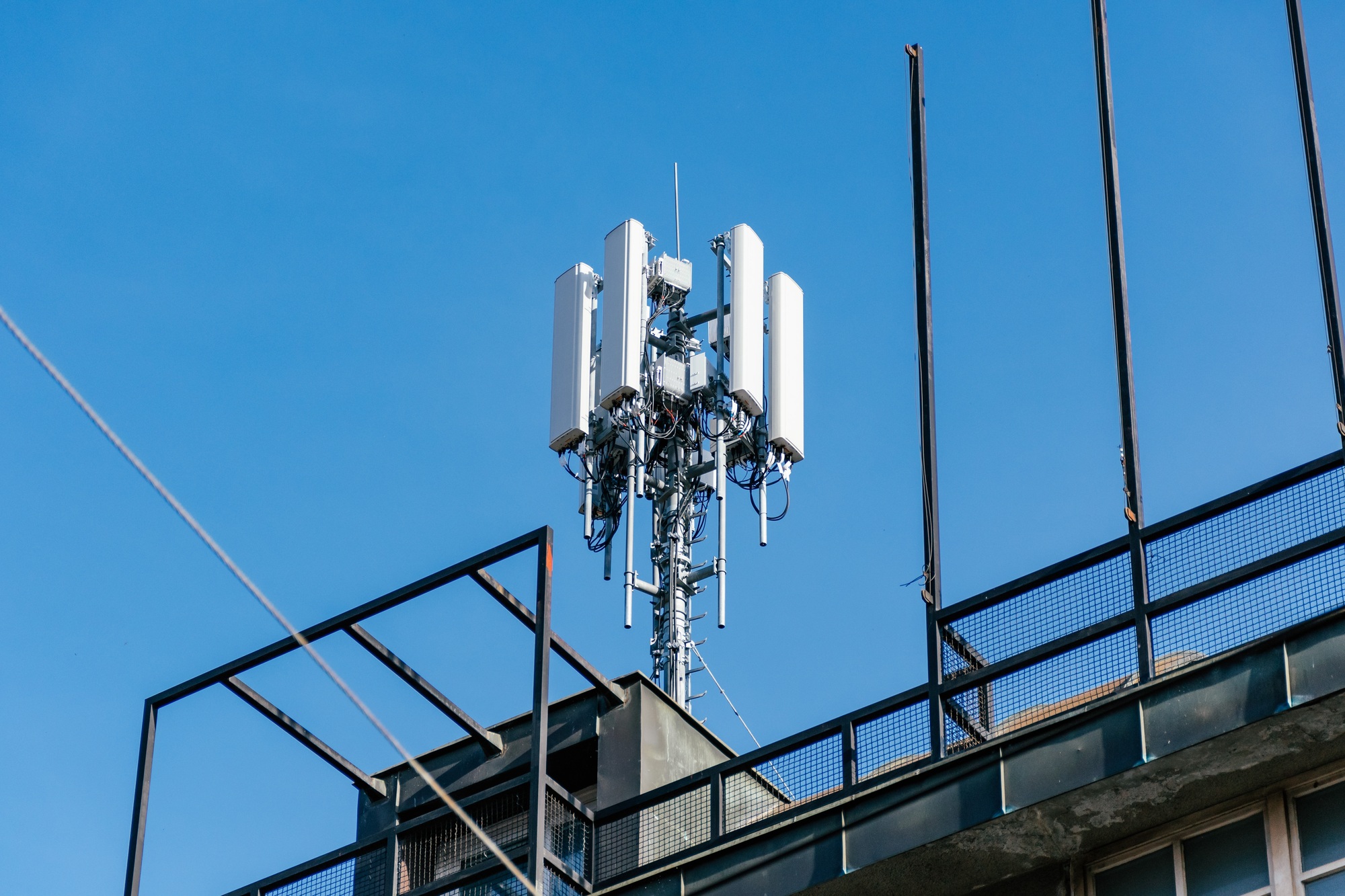The security of mobile networks has become a critical concern amid recent revelations about vulnerabilities that could be exploited by malicious actors. While scandals like Signalgate have captured headlines, experts warn that the underlying weaknesses in the infrastructure of our mobile networks pose a much greater threat. These vulnerabilities could potentially allow hackers to intercept calls, access personal data, and even manipulate network operations, leading to widespread security breaches.
Over the past few years, the rapid expansion of 5G and the increasing reliance on mobile communication for both personal and business use have heightened the importance of network security. Despite advancements in encryption and authentication protocols, fundamental flaws remain in the way mobile networks operate, often leaving them susceptible to exploitation. These weaknesses are not just theoretical; they have been demonstrated in various security audits and real-world attacks, raising alarms among cybersecurity professionals and industry leaders.
Recent investigations have revealed that many mobile networks still rely on outdated infrastructure and insecure configurations, making them vulnerable to a range of cyber threats. Hackers can exploit these flaws to conduct man-in-the-middle attacks, eavesdrop on conversations, or even launch denial-of-service attacks that disrupt communication. Such exploits could have serious consequences, especially in sensitive sectors such as finance, healthcare, and government communications.
This situation impacts consumers, businesses, and government agencies alike. Individuals face risks of identity theft and privacy breaches, while organizations could suffer operational disruptions or data leaks. Governments and telecom providers are under pressure to upgrade their networks and implement stronger security measures, but the process is complex and costly, often lagging behind the pace of technological advancements.
Experts suggest that the industry needs a coordinated effort to address these vulnerabilities, including adopting more robust security standards, continuous monitoring, and rapid response protocols for emerging threats. Policymakers are also called upon to regulate and incentivize investments in network security, ensuring that the backbone of our communication infrastructure remains resilient against cyberattacks.
Looking ahead, the focus will likely shift toward securing 5G and future generations of mobile technology, as well as integrating AI-driven security solutions that can detect and respond to threats in real-time. Additionally, ongoing research into new cryptographic methods and network architectures aims to close the gaps that leave networks exposed today.
What are the main vulnerabilities in mobile networks today?
The primary vulnerabilities include outdated infrastructure, insecure configurations, and the lack of end-to-end encryption in some cases, making networks susceptible to interception and manipulation.
How can telecom companies improve mobile network security?
Telecom providers can adopt more advanced encryption protocols, regularly update their infrastructure, and implement continuous security monitoring and threat detection systems.
What role do governments play in securing mobile networks?
Governments can establish regulations and standards, provide funding for infrastructure upgrades, and foster international cooperation to combat cyber threats targeting mobile communication infrastructure.







